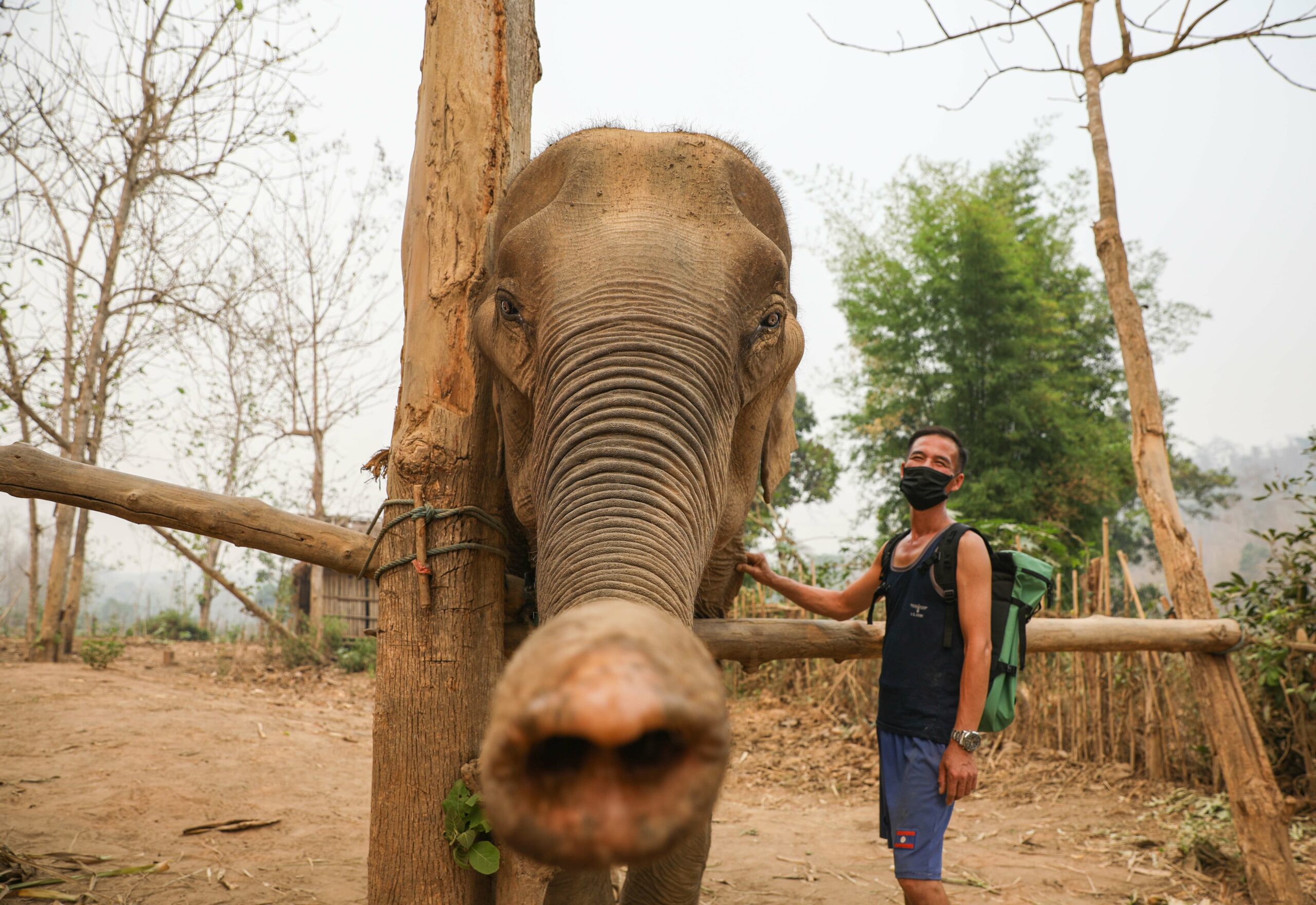Mae Sengchan and Mae Kham meandered down the banks of the Mekong River in Laos, munching on bunches of bananas and piles of sugarcane.
In their mid-to-late-fifties, the rescued pair of endangered Asian elephants are far past their logging days. The two are now in the care of the Mandalao Elephant Conservation centre, a “friendly interactive tourism” company that is trying to balance business and conservation.
“These elephants are a member of my family. At times they are like my daughters, other times like my wife,” said Yot Jouttiphong, a mahout, an elephant handler or caretaker, for Mandalao just outside Luang Prabang in northern Laos. He’s worked with the species for more than two decades but has concerns for their future.
“Elephants in Laos are getting fewer and fewer,” he said. “I hope we can find a good solution to increase the number of elephants.”
Modern Laos is built on the ancient kingdom of LanXang, which translates to “Land of a million elephants”. But much has changed since then. The most recent statistics, which are more than a decade old, estimate fewer than 1,000 elephants remain in the Laos wild with approximately 500 more in captivity.
Elephant entertainment in Laos reopened this year, just a few months after the country lifted all pandemic restrictions. Animal welfare experts worry the expected resurgence of visitors may add pressure to the country’s captive elephant business, which could in turn affect the survival of wild herds – a growing concern in Southeast Asia, where the massive animals run the risk of becoming simply a tourist commodity.
Asian elephants are considered “endangered” on the Red List of Threatened Species, which lists a web of pressures from deforestation and habitat loss to poaching for ivory.
“Conservationists can’t control government land clearings … which are out of our control,” said Ingrid Suter, co-founder of Asian Captive Elephant Standards, an animal welfare advocacy group. “That’s why the wild population has been shrinking for decades.”
The historic range of the species spanned the entire continent, according to a WWF report, which found that Asian elephants today are restricted to just 15% of that range. Half of the 100,000-strong wild elephant population in Asia at the start of the 20th century is reportedly gone.
“There is nothing wrong with riding an elephant if it is done properly. I am not going to tell a culture what they can and can’t do with their cultural traditions,” said Suter “But nobody wants an elephant hurt for tourism, for human gain. Things need updating and tweaking in modern times.”
‘The wild is not a safe place for elephants’
The quaint streets of Luang Prabang flowed with a single jostling crowd as visitors ran to keep up with the Lao New Year elephant parade on 13 April. Some tourists dashed to the front of the procession for selfies, while many more scrambled onto sidewalks to feed the trio of elephants being ridden through the historic town.
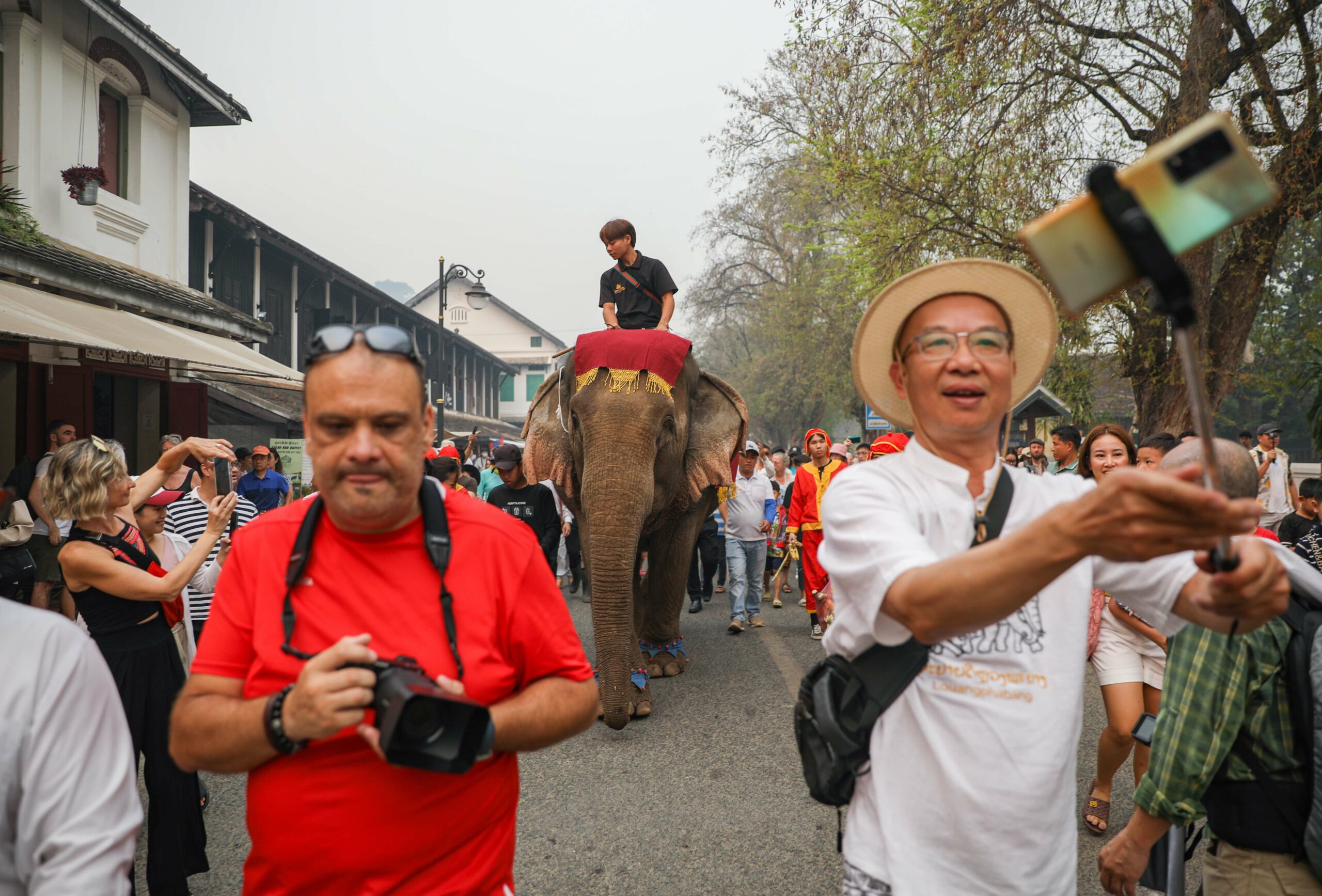
Celebrations for Buddhist New Year, known in Laos as pi mai, were in full swing for the first time since the outbreak of the pandemic. This brought the return of the elephant parade, an annual event that can walk a tightrope between celebration and conservation.
“I live in Luang Prabang but I never come for the elephant parade. This time I did and I was a parade member. I am so happy to see many people here. It means that Luang Prabang tourism lives again,” said Ting Thammavong, wearing a traditional Lao outfit as crowds began to disperse after the event.
Benedikt Göller, the chief operating officer of Mandalao, was less enthusiastic about the parade.
“I don’t want to say anything negative about cultural events,” said Göller the day after, pausing before answering as he navigated the potholed road to the elephant centre.
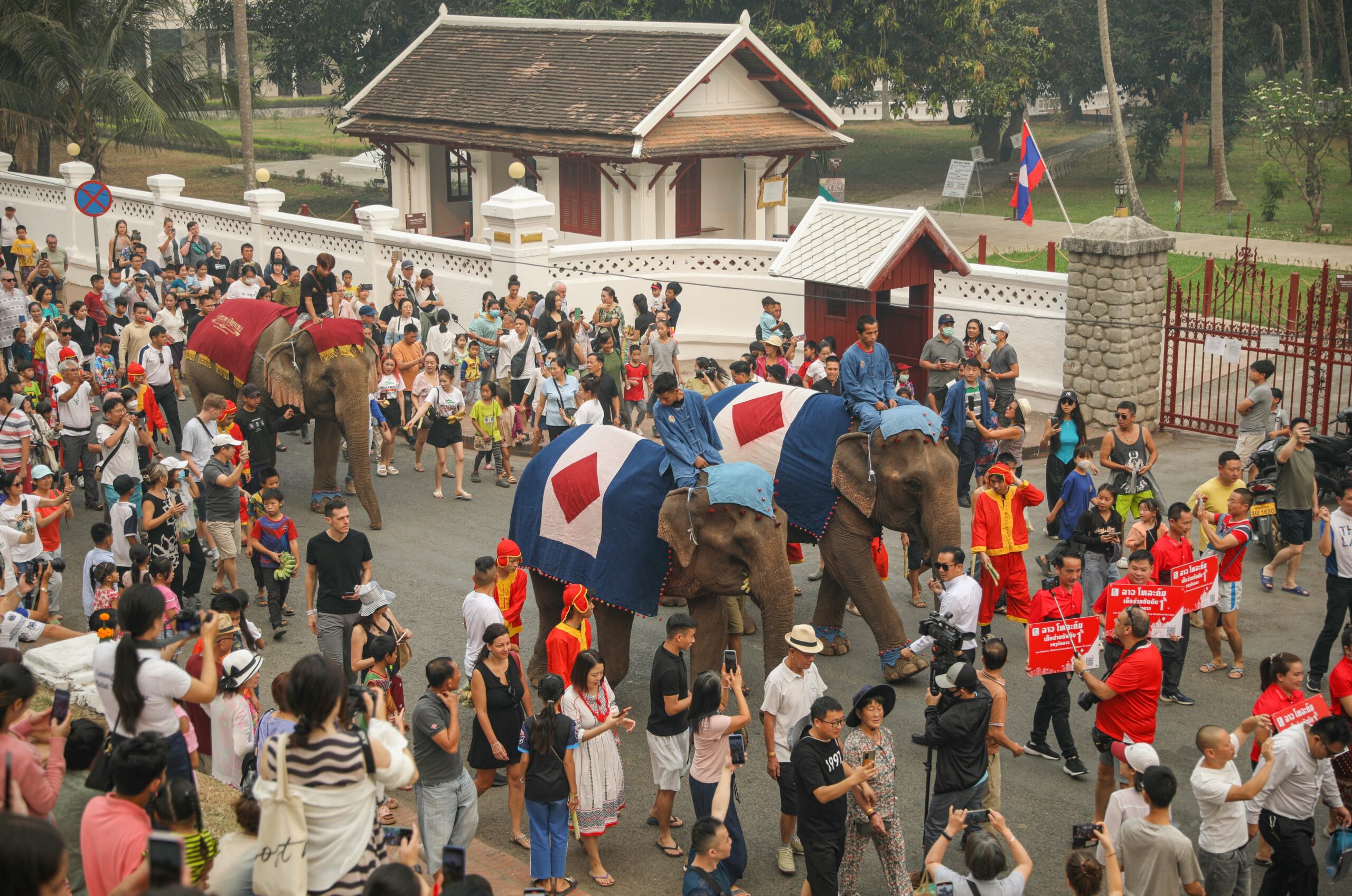
Mandalao offers visitors casual elephant interactions such as forest walks, avoiding more debated rides on the giant animals or other debated practices.
“People are really happy nowadays to support a conservation project by just observing elephants in their natural habitat,” said Göller, explaining the centre’s elephants are rescues from work camps. “If we can get more guests, it means we potentially have more funds to do more conservation.”
Nine of Mandalao’s 10 rescued elephants are older females – including Mae Sengchan and Mae Kham – who can’t be as easily released into the wild.
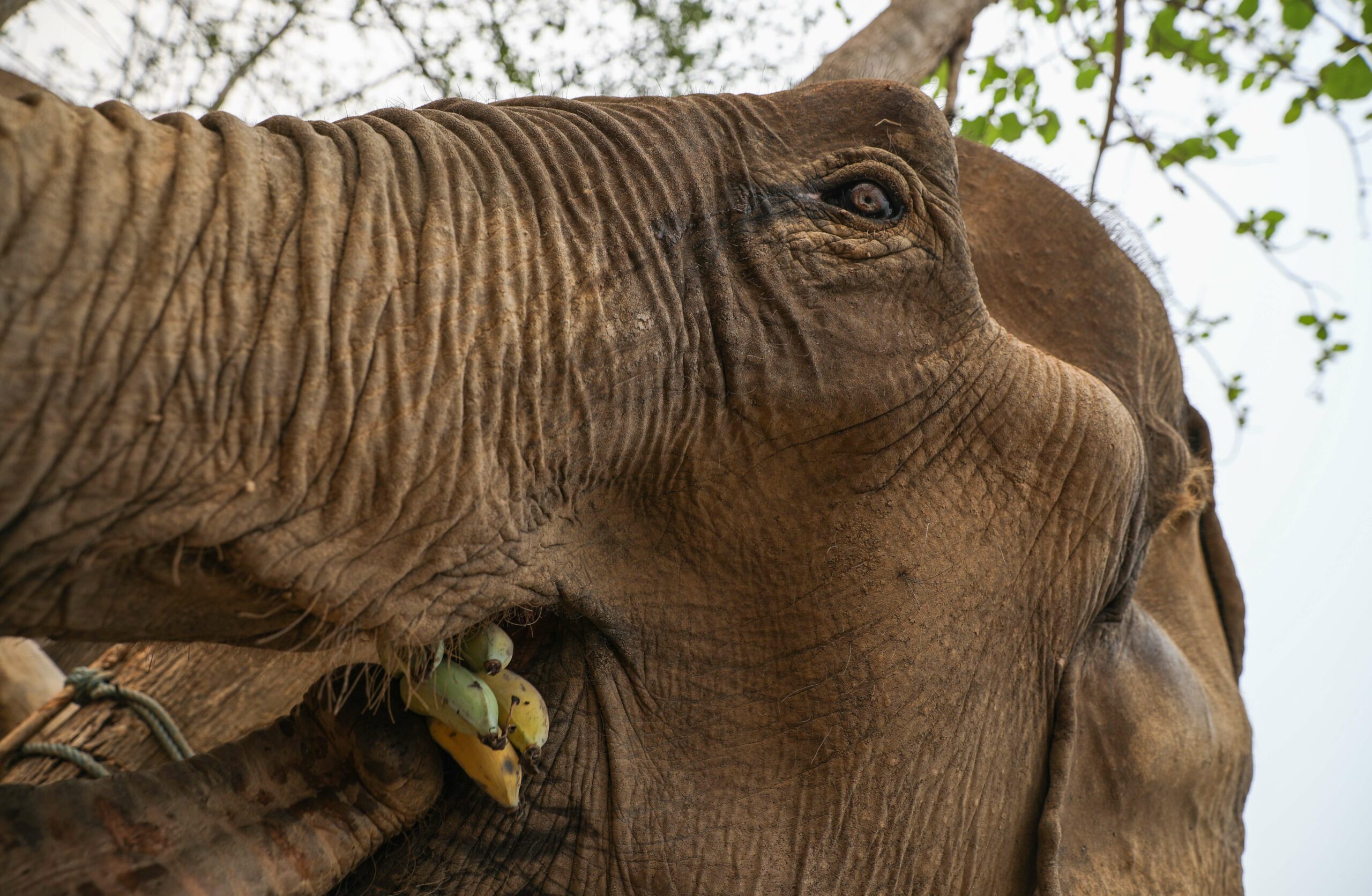
The decline of wild herds is creating an elephant-sized hole in forest ecosystems across Southeast Asia, according to Prasop Tipprasert, project director for Mandalo. Elephants are indicators of a healthy forest, he explained, “if your environment is good enough to support elephant life, any life can stay.”
“Elephants are one of the keys of a balanced ecosystem,” he said. Laughing, he called elephants the “best seed dispersers” because of how much they eat and defecate.
Prasop is often referred to as the “elephant master” because of his experiences in the field that date back to 1989, when he co-founded the Thai Elephant Conservation Center. A firm advocate of transboundary conservation, he sees the forests of Laos as an elephant oasis, calling the country “the best place in the world” for reintroductions.
“I had to come to my Lao friends to help save Lao elephants because when Lao elephants are healthy, Thai elephants are saved,” said Prasop.
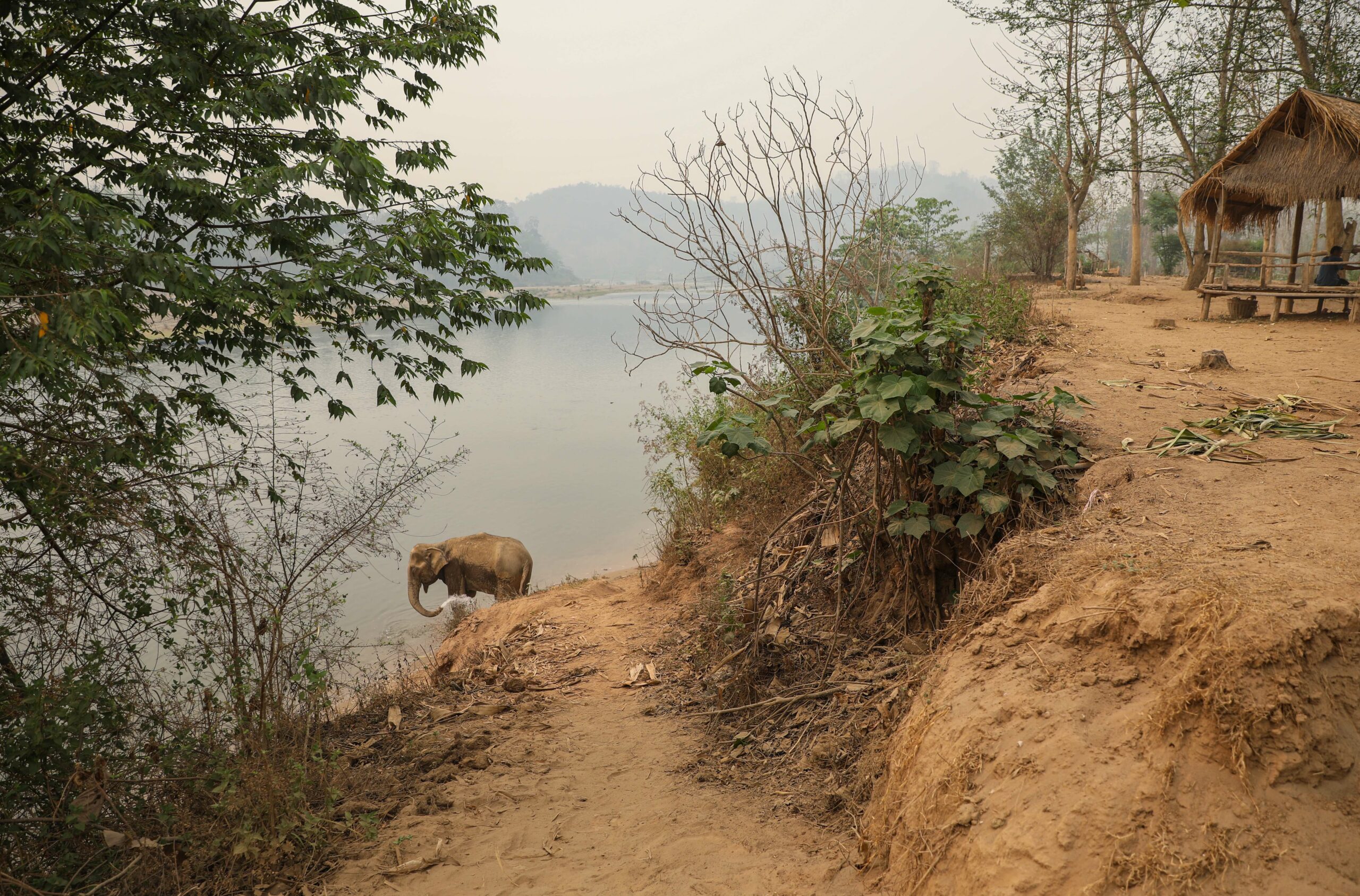
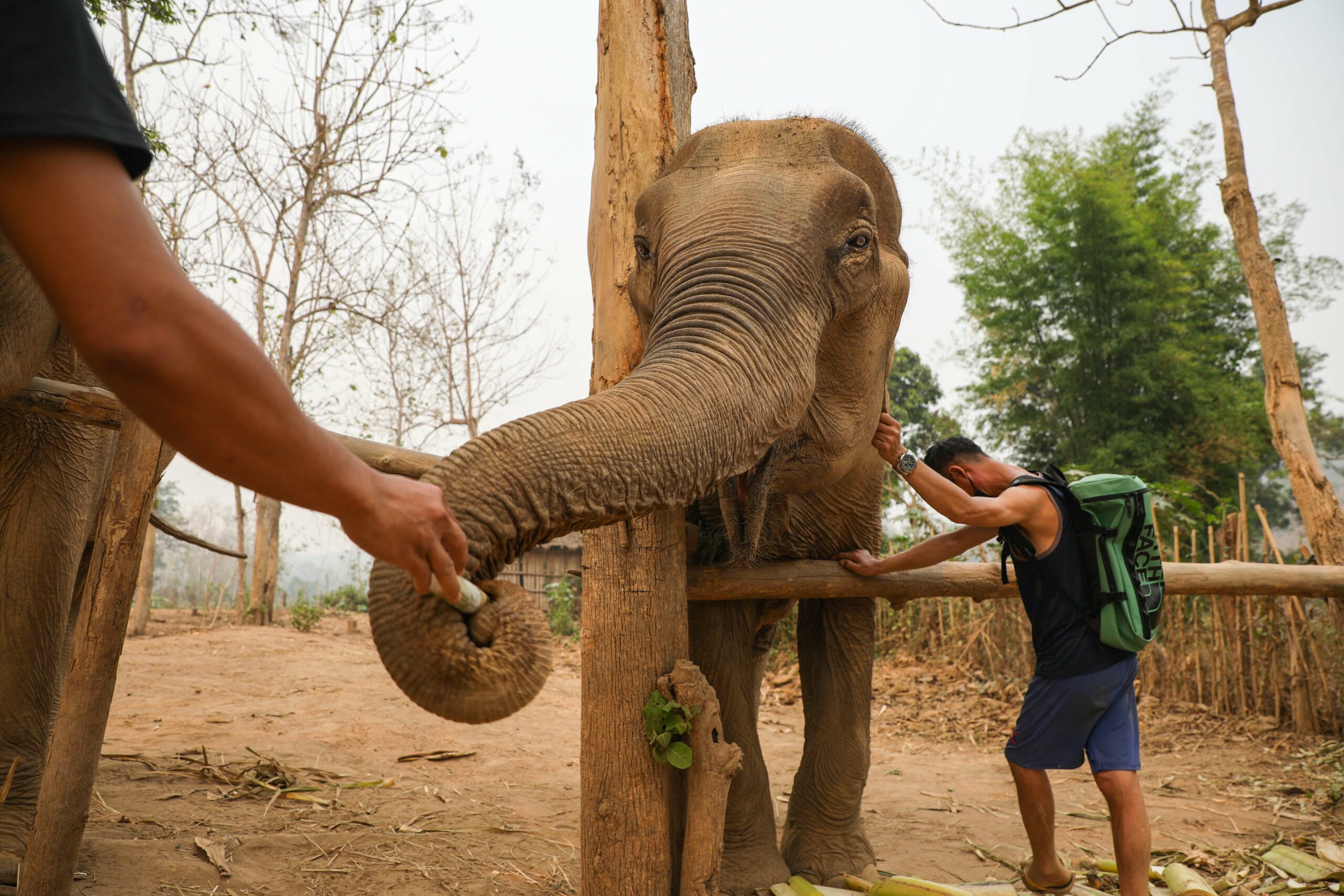
With wild herds so decimated in Laos and across Southeast Asia, Suter believes captive populations will play a larger and larger role in saving the species.
“The wild is not a safe place for elephants. You can’t rely on wild elephants to prop up the entire region’s Asian elephant population,” she said “From an endangered species breeding scenario, you don’t put all your eggs in one basket.”
Suter explained captive populations are easier to manage and learn from, especially as with the current lack of funding, capacity and will for governments to track wild herds. Even with hundreds of elephants in captivity in Laos and elsewhere across Southeast Asia, Suter doesn’t know if she’ll ever say that Asian elephants have been saved.
“We are future-proofing Asian elephant populations by having a captive elephant population,” Suter said. “But I don’t think we will stabilise the species within our lifetime.”
Additional reporting by a veteran Lao freelance journalist, who requested not to be named because of livelihood and safety concerns.
This story was produced in collaboration with The Mekong Eye and supported by Internews’ Earth Journalism Network.
